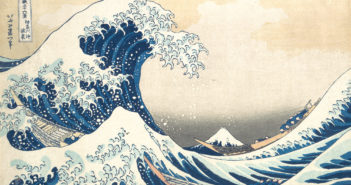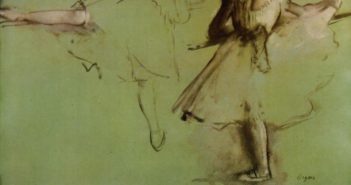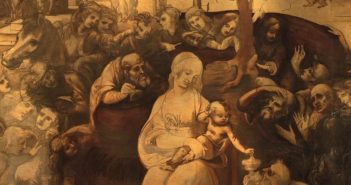
Hothouse effect
There’s something to be said for families and extended families who live and work together in a creative hothouse. Think of Robert and Clara Schumann — they took in a boarder, Johannes Brahms, who managed to fall in love with Clara. She had eight kids and still had time to produce twenty compositions. The boys did quite a bit of work as well. Under one roof they made beautiful music. And then there are William Wordsworth and his sister Dorothy up there in the Lake District writing poetry together among the daffodils.









